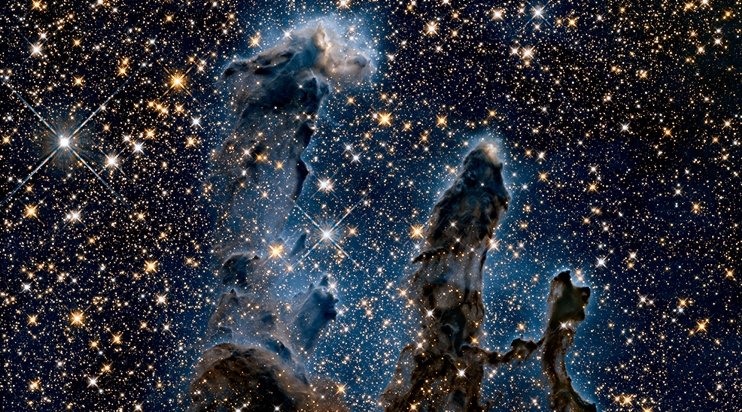On Tuesday NASA released images of WR 124 which is a rare Wolf Rayet star present in the constellation Sagittarius at a distance of 15000 light years from earth.
“Massive stars race through their life cycles and only some of them go through a brief wolf Rayet yet phase before going supernova, making Webb’s detailed observations of this rare phase valuable to astronomers,” wrote NASA officials.
The telescope’s infrared eyes captured the gas and dust flung into space by the hot star.
“Wolf Rayet stars are in the process of casting off their outer layers resulting in their characteristic halos of gas and dust ,”!agency officials stated.
A shot of the same transitioning star was captured by the Hubble Space Telescope a few decades ago but in that image it appeared like a fireball.
According to scientists such transformation takes place only with same stars and is generally the last stage before they explode going supernova.
“ We have seen it like that before .Its really exciting.” Stated Macarena Garcia Marin a European Space Agency scientist.
The star’s constellation Sagittarius which is officially WR 124 is 30 times bigger than our sun and had shed enough material already to account for 10 sums as per NASA.


